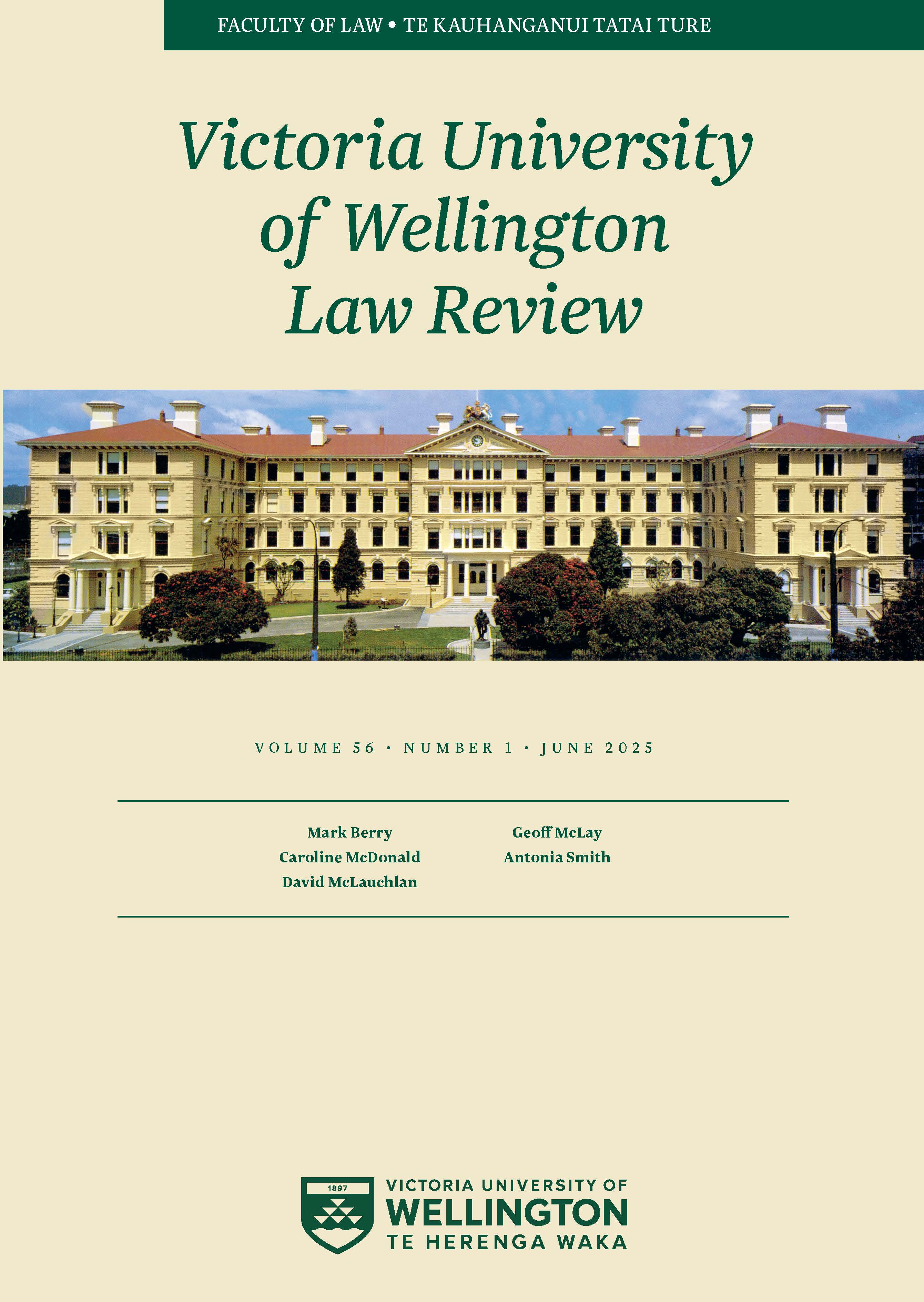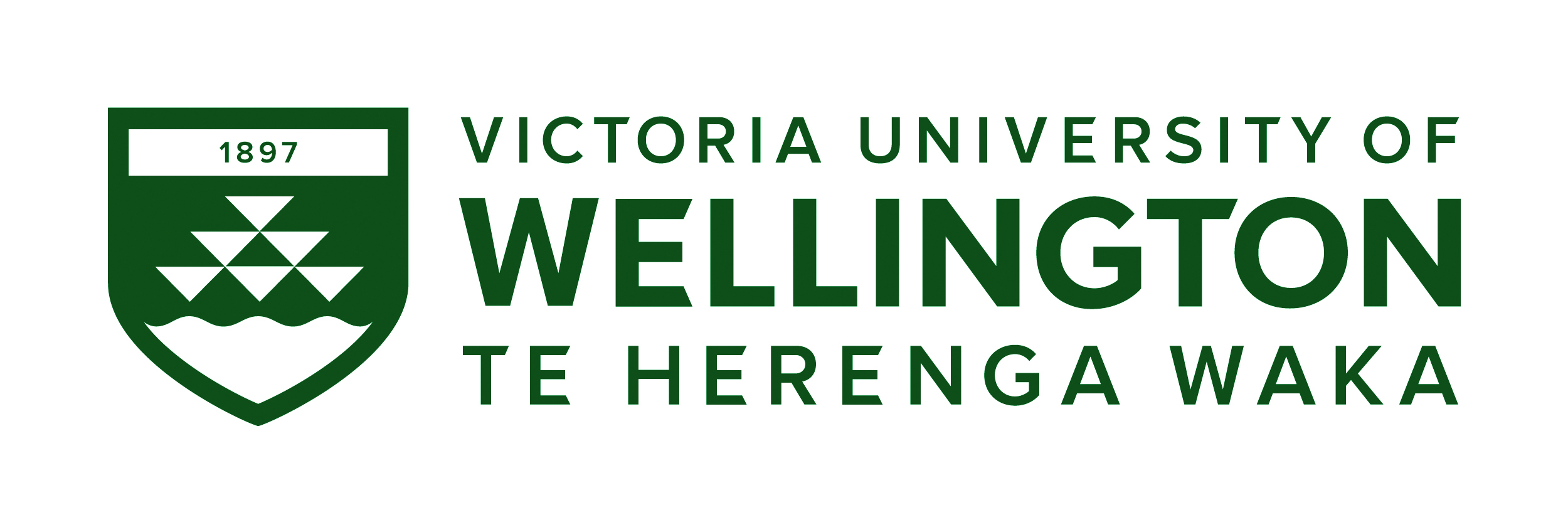Why is the New Zealand Government Still Involved in the Cook Islands' Advice to the Sovereign
DOI:
https://doi.org/10.26686/vuwlr.v56i1.10279Abstract
Since self-government, the relationship the Cook Islands has with New Zealand has evolved towards greater independence. An exception to this is the "six steps" procedure, through which the Cook Islands Prime Minister provides advice to the Head of State. This procedure acknowledges the capacity of the Cook Islands Government to advise the Sovereign, but doing so involves the New Zealand Prime Minister. It was designed to meet the Palace's concerns about receiving advice directly from the Cook Islands Prime Minister. Recent scholarly justification of the procedure prompted this fuller examination of the genesis of the six steps; approached through a political rather than legal lens. It reveals long and difficult negotiations to a compromise solution agreed by the Cook Islands and New Zealand in 1981 and by the Palace in 1982. The solution reached contrasts with the ability of Australian State Premiers to provide advice directly to the Crown, secured in negotiations leading to the 1986 Australia Acts and in the face of similar Palace concerns. Given the background, and the Cook Islands' longstanding discomfort with the requirement, it is remarkable that the six steps procedure has lasted. Amongst possible reasons, the procedure is consistent with New Zealand's reluctance to countenance further loosening of ties with the Cook Islands, with associated diminution of New Zealand power, while the Cook Islands remains in association with New Zealand. This article concludes that rather than accruing reasons for retention of the six steps procedure, it is time to move on.
Downloads
Downloads
Published
How to Cite
Issue
Section
License
Authors retain copyright in their work published in the Victoria University of Wellington Law Review.


